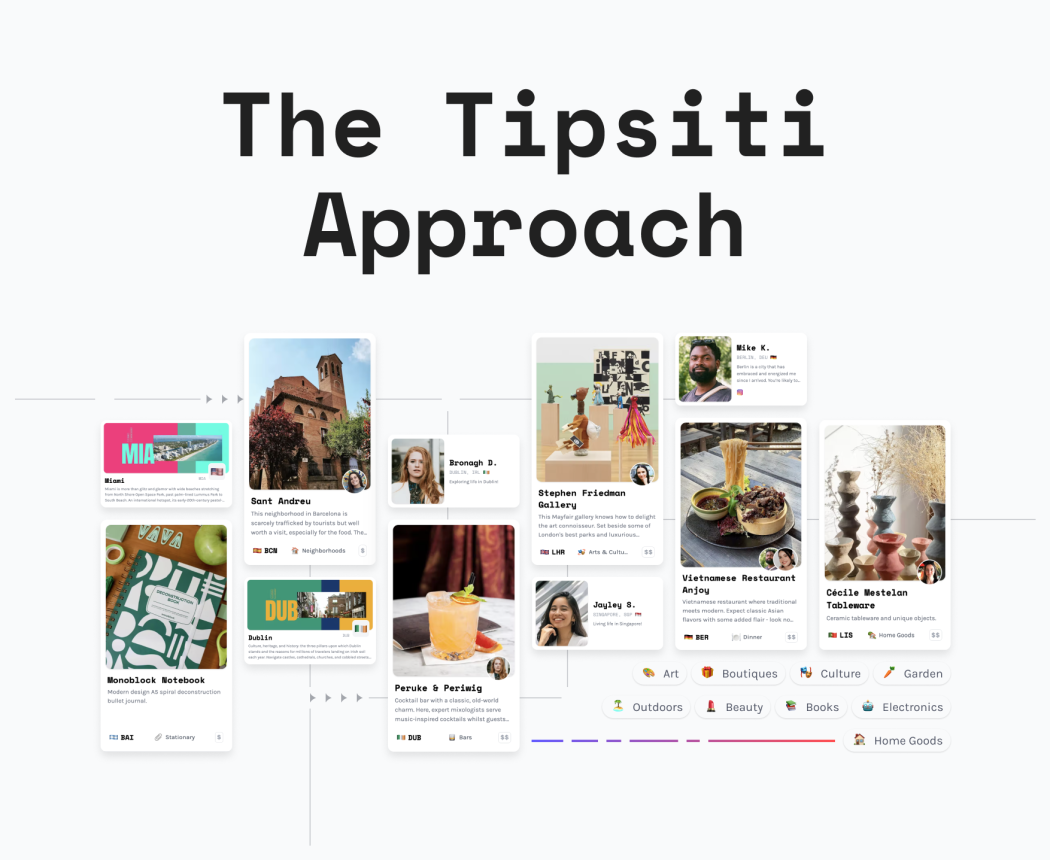A Guide to Bangkok's Floating Markets
Bangkok has an enduring relationship with its waterways. From the founding of the capital along the banks of the Chao Phraya River to the subsequent expansion of its borders via canals and manmade channels. Floating markets on these waterways became a cornerstone of daily life and community.
While many of the canals and floating markets were replaced by roads and land-based travel networks, many of Bangkok’s floating markets remain. Now foremost tourist attractions, they provide tangible insight into the city’s heritage and traditional customs. Plus, with the foot traffic they attract, they offer an abundance of local food and dining opportunities.
The History of Bangkok’s Floating Markets
Thai communities relied heavily on waterborne commerce and transportation, even before the country’s more deliberate adoption of the canal. But with the advent of man-made waterways, particularly in major cities such as Ayutthaya, and later in the growth of Bangkok, further reliance was placed on boats as a means for transit and trade. Floating markets quickly became hubs of regional communities.
Time passed, and Bangkok’s continued growth and development saw a transition to land travel via road and railways. While the usage of, and reliance on, floating markets declined, they did not disappear.
Bangkok’s floating markets remain part of many local communities, for daily commerce and work. However, it’s hard to dispute their dependency on the tourism industry for a consistent influx of visitors.
Read about Bangkok's canals and how best to explore them.
Visiting Bangkok’s Floating Markets
While many of Bangkok’s floating markets have become a magnet for mass tourism and their authenticity can certainly be questioned, they still provide a tangible lens through which to experience the city and its waterborne heritage.
The touristic nature of these landmarks provides travelers with abundant options for their exploration. Foremost, myriad companies operate organized tours to Bangkok’s floating markets. The convenience, efficiency, and benefit of knowledgeable tour guides make this a popular route of exploration. But, self-guided experiences can yield more meaningful encounters. Not only do they allow more time flexibility but they also provide greater opportunity to interact freely with local vendors and communities. Self-guided exploration also incurs a smaller personnel footprint than a large group of tourists streaming through what are already crowded spaces.
Public transportation, taxis, or ride-sharing apps can be used to reach the markets, and local signage often provides directions.
Damnoen Saduak Floating Market
Though located over 60 miles southwest of Bangkok in Ratchaburi province, Damnoen Saduak Floating Market is arguably the region’s most famous. Vendors navigate the warren of man-made canals in longtail boats, selling an array of goods – from fresh produce and local crafts to street foods. Movie aficionados may recognize the site from its feature in the 1974 James Bond film, The Man with the Golden Gun.
Owing to its fame, Damnoen Saduak is also likely the most touristy of Bangkok’s floating markets – visitors should expect crowds of tourists, large tour groups, and inflated prices. As such, the market is best visited in the early morning, when the waterways are less crowded and the heat is more bearable.
Again, Damnoen Saduak Floating Market’s reliance on tourism continues to push it further from cultural authenticity. But it remains a prominent name for tourists wanting to see a floating market in action.
Amphawa Floating Market
Amphawa, like Damnoen Saduak, is one of Bangkok’s more famous floating markets, and as such, draws increasingly larger crowds of daily tourists – domestic and international. Though, it is likely the least crowded of the two. Amphawa Floating Market also remains popular among local Thai communities for its seafood, with groups visiting to shop and dine.
Situated an hour and a half southwest of Bangkok, on the banks of the Mae Klong, it's a weekend market that runs throughout the afternoon and evenings. Visitors can explore the canals via walkways or water, take a boat ride to see fireflies at dusk, and sample some of the freshest seafood in the region.
Khlong Lat Mayom Floating Market
While not as large as Damnoen Saduak or Amphawa, the Thonburi-based floating market maintains a greater balance between tourism and authenticity – though that continues to be a tougher ask.
It was founded by a local farmer and is a hub for local produce. But with its bounty of food vendors, the floating market has become a target for food enthusiasts. Visitors – locals and tourists alike – can feast on curries, boat noodles, pad kra pao, grilled meats, satay, Thai desserts, and a whole other array of local cuisine. Dining takes place along the khlong’s banks, resulting in a full sensory experience.
Taling Chan Floating Market
Accessible by boat from Khlong Lat Mayom, Taling Chan Floating Market is another of the district’s tourist sites. While similarly known for its food and waterside dining opportunities, Taling Chan also draws visitors for its daily live music performances. Traditional Thai music is played from 11:00 to 14:00.
Bang Nam Pheung Floating Market
Another of Bangkok’s smaller floating markets, Bang Nam Pheung operates during weekends and is tucked away in the Phra Pradaeng district, an artificial island hugged by a meander of the Chao Phray River southeast of the city center.
Food, as with most other floating markets in Bangkok, is the main draw, with vendors serving a myriad of Thai dishes – sweet, savory, spicy, or sour.
Tips for Visiting Bangkok’s Floating Markets
- Arrive early to avoid the crowds and the heat of the day.
- Bring cash in small denominations, as many vendors do not accept credit cards.
- Be prepared to haggle.
- Wear sun protection and drink plenty of water.
- Be mindful of the surroundings.
- Try a variety of foods.
- Respect the local culture, be polite, and ask permission before taking close-up photos.
